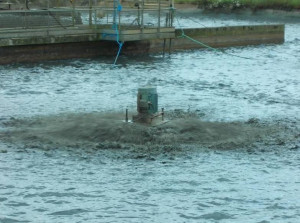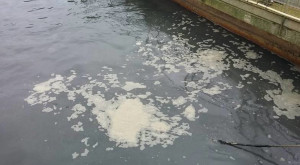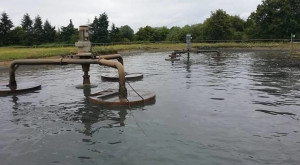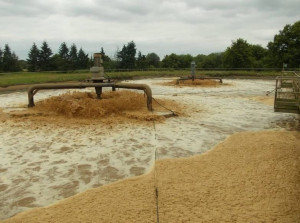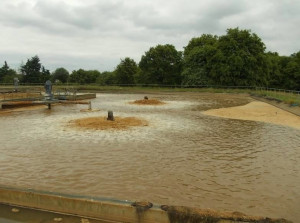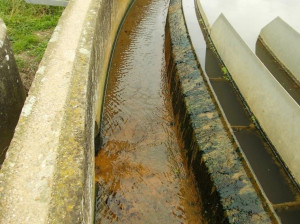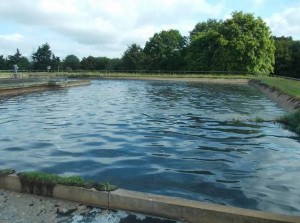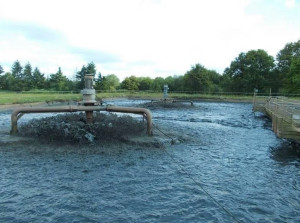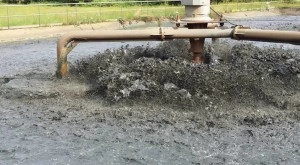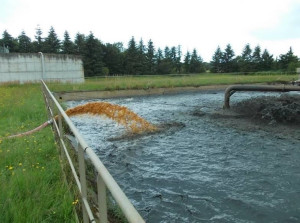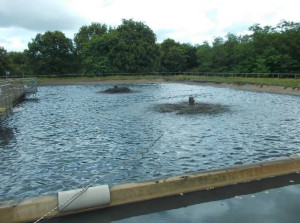An employee noticed black water being released from the wastewater treatment plant of an animal feed manufacturing plant. The water was polluting the Loire River. After analysis, the discharge was non-compliant in terms of TSS (total suspended solids) and nitrogen.
The site’s wastewater treatment plant (WWTP) had insufficient aeration due to failures on the 2 slow turbines at the aeration basin’s inlet. Since January, only 2 turbines had been in service. Insufficient aeration of the WWTP, combined with high heat, resulted in progressive asphyxiation of the bacteria in the treatment basin. The recent installation of a new filtration and stripping plant, which has not been adequately adjusted, could have also been an issue. The lack of proper mixing in the first part of the aeration tank led to the formation of septic sludge (dangerous for bacteria) at the bottom of the tank.
During an internal meeting on 23/06, the operator announced the firm’s intention to seek out a specialised wastewater treatment consultant on crisis management at the plant and issued a formal notice to the WWTP subcontractor to restart its installation.
At the operator’s request, the subcontractor:
- provided 500 m³ of bacteria-activated sludge from the WWTP of a dairy to reseed the sludge;
- adjusted the 24/7 aeration process;
- urgently rented 2 fast turbines to oxygenate the basin;
- limited the inlet flow from the WWTP by diverting cooling water from the boilers;
- restarted the FeCl3 dosing system (flocculation/coagulation);
- made plans to have the defective turbine repaired.
On 01/07, 8 days after the start of the incident, foam was visible on the surface of the aeration tank, indicating that biological activity had restarted. On 04/07, biological activity had resumed based on the colouration of the sludge in the basin. A slow turbine was repaired and put back in place at the basin’s inlet. This turbine was restarted after the summer period to avoid mixing septic sludge that could kill the new biomass. The 2 fast turbines for surface mixing remained in place for 2 months. The discharge from the clarifier became clear once again.
A review of the actions to be implemented for the rest of the operations was conducted during a meeting scheduled for 11/07 between the operator and the consultant. The following was planned:
- a bathymetry study to determine the amount of sedimented sludge in the basin and the extraction method to be used to remove it;
- extraction of this sludge;
- establish an aeration management programme;
- reduce the weight of the sludge in the basin on the draining table;
- monitor the performance characteristics of the WWTP.
The operator planned to hold meetings on a more frequent basis, revise the operating contract with the subcontractor in charge of the WWTP and conduct an audit of the specific risks present at the facility. It intends to have critical equipment in stock or to sign contracts to make such equipment available to prevent the accident from recurring.



